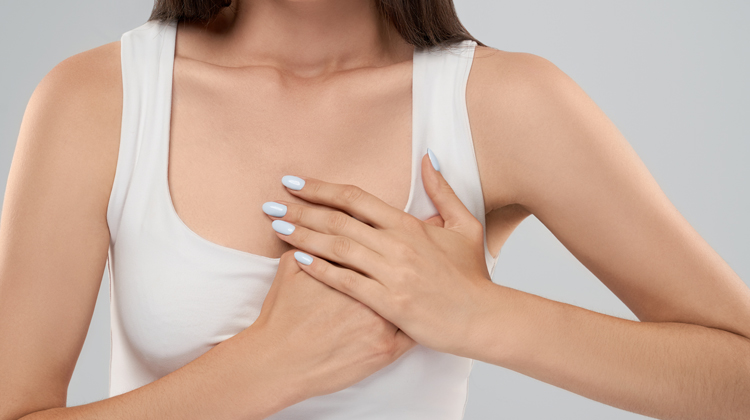Sharp Pain in One Breast After Augmentation

Breast augmentation in Reno is growing popular, and people who desire larger, perkier breasts can fulfil their dreams of the desired body shape. However, post-breast augmentation surgery, soreness and pain can appear as common side effects. Most women feel breast pain. The good news is that you can take the medication as per prescription. Although breast pain is normal, it might occasionally signal a more serious problem.
Here are the reasons your breast hurt after the surgery.
Muscle Stiffness
While silicone and saline implants are lightweight, you may still feel heaviness after the surgery, like carrying an additional burden on your chest, resulting in chest soreness. Since breast implants occupy more space around your chest area, the pain may grow intense. Your nipple and the areola will experience more pain than elsewhere. Consulting with your doctor is necessary since throbbing pain after breast augmentation may result in musculoskeletal issues.
Itchiness
The skin of the breasts can become glossy due to pus or swelling, causing you pain. You can experience mild to severe breast itching and irritability as the healing process progresses. Although this is normal to expect after the surgery, consulting with the doctor can enlighten you on the issue. However, if there are no symptoms of swelling or pus ad you experience high levels of irritation, contact your doctor immediately.
It’s normal to have sharp sensations in your breasts, especially in the nipples, because nerve endings begin to recover following surgery. During the initial weeks, other unusual yet typical symptoms and sensations could include upper back pain and chest muscular spasms.
Your breast becomes sore where the incision was made, and the surrounding area may be sensitive and painful. Your doctor will prescribe you medication to manage the pain.
Abnormal Symptoms
If one of your breasts suddenly swells unusually and tightens, you may have a hematoma. Additionally, large, black bruises could appear. An abnormal blood clump outside of a blood artery is called a hematoma. The possibility of physical harm to the breast during recovery can lead to hemorrhage. You should get in touch with your surgeon immediately if you encounter this problem to prevent discomfort.
Other telltale indicators of a breast implant infection include intense pain, feverish, extensive redness, or a weird discharge.
Moreover, when the breast is warm to the touch or has a red rash, this may indicate a potential breast implant infection.
Conclusion
Breast augmentation recovery takes around a month. During that time, you may experience tiredness and soreness, in addition to a few bruises. These signs, however, will fade with time. You might not even encounter these side effects because each patient has a different recovery process. While many patients are pleased with their outcomes and heal as expected after surgery, problems can occasionally occur. Therefore, if you experience any problems following your surgery, consulting with your doctor is best for you.



